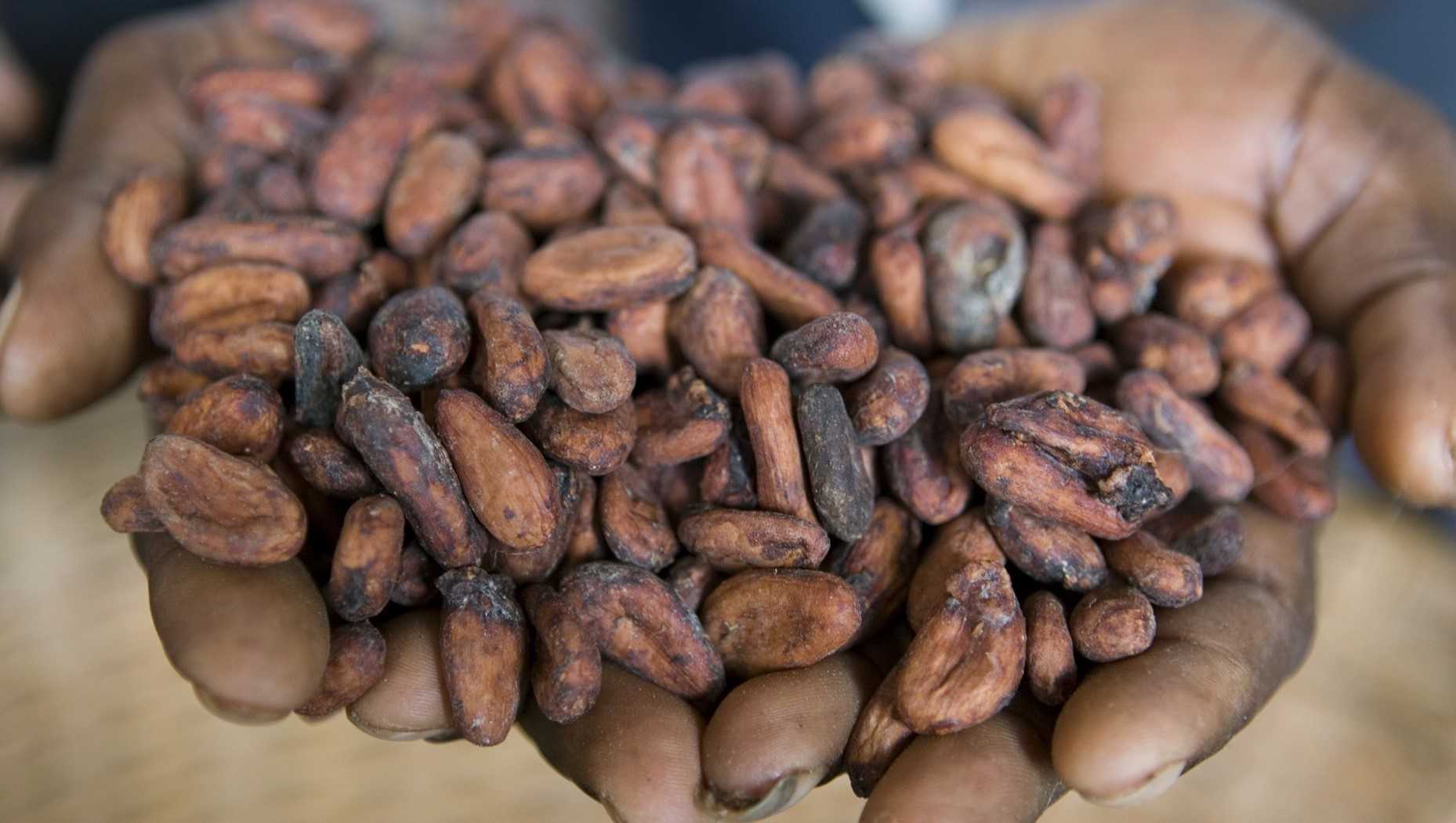BATH, UK – A new method of DNA testing on cocoa beans could revolutionise the chocolate industry, offering consumers greater reassurance about the origins and ethics of their beloved confectionery, and giving the global cocoa industry a precision tool to help end slavery and child labour. Researchers from the University of Bath, University of the West of England, and Surrey Business School have proven a low-cost method which compares DNA in chocolate products to the cocoa when it is farmed.
This means cocoa can be reliably traced back from an individual chocolate bar to the specific farms which cultivated the cocoa in it, a major advance on current fairtrading, certification and sustainability practices.
“This has the potential to revolutionise sustainability in a market rife with environmental destruction and human misery in that firms will now be able to buy from a specific set of known farms which have approved labour and environmental standards and to prove that their chocolate is made with that cocoa,” said Michael Rogerson, researcher at the University of Bath School of Management.
“And activists, NGOs, and governments, will be able to prove that the chocolate bar you buy in your local supermarket contains cocoa grown on farms which abuse the environment or employ child or forced labour. We know consumers care about this – but they need accurate, reliable information to make ethical choices,” Rogerson said.
Rogerson said the research team had developed a method where the DNA sampling would cost around £5 per farm, putting this well within the reach of the $78 billion cocoa supply industry, and government and NGO foreign aid budgets.
“It would cost a tiny fraction of the industry’s revenues to build such a database in Ghana and Ivory Coast, which is the source of more than 70% of the world’s cocoa production. There are an estimated 2.2 million child labourers working on farms in West Africa and reports suggest the problems are worsening despite promises made by large chocolate producers,” he said.
Rogerson said the research team’s interviews of chocolate and cocoa industry stakeholders along the whole supply chain revealed a certain ‘fatalism’ about the child labour issue and a sense it was too great a problem to tackle.
The interviews also showed third-party ethical certification and labelling was regarded primarily as a marketing ploy, easily understood by consumers, considered desirable, but ultimately in need of improvement to be meaningful.
“What we are offering industry is a way to break out of that fatalism, and consumers the reassurance that when they pick an ‘ethical’ product that it is genuinely ethical. We could also see third-party certifiers like Fairtrade or the Rainforest Alliance strengthening their offering and credibility with this,” he said.
Rogerson said the difficulty of tracing cocoa from farms to the end product was at the heart of the issue. The majority of the world’s cocoa is collected by small-scale traders and taken to larger trading facilities, where vast quantities are traded on international markets. Tracing beans back to the farm of origin is a challenge due to the number of different parties aggregating and mixing crops early in the supply chain. He said current certification systems, while laudable in their intent, were not addressing the core issues.
“And this is not a new issue. During our research we found reports that in 1905 Cadbury investigated claims of abuses on cocoa plantations on the islands of São Tomé and Príncipe, in Central Africa. The industry has known of the problems for over 100 years, and not yet found a viable solution to trace cocoa through supply chains, perhaps until now,” he said
Biomarkers – biochemical ‘barcodes’ extracted from plant DNA – offer a way to resolve this issue, Rogerson said.
Biomarkers are unique indicators of a plant and the particular environment in which it plant is grown. Biomarkers in cocoa beans are sufficiently hardy that they can survive the industrial processes used in chocolate making, allowing for the identification of individual cocoa farm beans from a mixture of different origins in final products.
Biomarkers are produced by isolating DNA at cocoa farms, enabling the creation of a database of those markers specific to each farm. Further biomarkers can be taken from the location of cocoa fermentation as these also have unique signatures. Once a database has been created with sufficient samples, chocolate bought anywhere in the world can be traced back to farms of origin. This enables a chocolate producer, or even a customer given access to the right technology, to know precisely where the cocoa in their chocolate comes from.
Rogerson said the solution had been proven in a small pilot study but the approach would need operationalization at scale, something the chocolate industry could accomplish, given the will or incentive to act.
“If the method can be scaled effectively there can be no excuses for continued abuses within chocolate supply chains. Claims that farms are too widespread or remote, or that the trading of cocoa through various intermediaries makes it impossible to trace become suddenly empty. I would like the chocolate industry and governments to honestly face this ethical challenge – we have developed a tool they can deploy in that fight,” he said.


















